Have you heard of consonant-l-e words? They are multisyllabic words that end with a consonant, followed by the letters “l” and “e.” They’re words like “sprinkle” (the consonant is k, followed by the letters “l” and “e”) and “babble.” “Juggle,” “hurdle,” and “simple” are 3 more examples.
Can you think of some example words that have these common consonant-l-e endings?
- -ble
- -fle
- -tle
- -dle
- -gle
- -kle
- -ple
- -zle
Consonant-l-e words can be challenging to teach! One reason for this is that the “consonant-l-e” part of a word doesn’t have a clear vowel sound – but we’ll dive into that later!
Even though consonant-l-e words can be difficult for students to read and spell, the good news is that there are some universal rules you can teach students that will help them be successful with these words.
In this blog post, I’m going to explain consonant-l-e words, give some more examples, and share how I teach consonant-l-e words to my second grade (and older) students, with decodable texts and more!
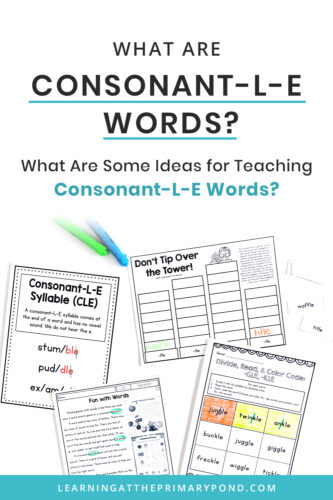
What Are Consonant-L-E Words?
Consonant-l-e is a word ending, but it’s also a type of syllable. For some background knowledge, a syllable is a unit of pronunciation that has one vowel sound. Words can be made up of one syllable (i.e. chair) or several syllables (i.e. rhi/noc/er/os). The 6 (or 7) types of syllables are:
- Closed
- Open
- Vowel-Consonant-E (also known as Magic E or Silent E)
- Vowel Team
- R-Controlled
- Consonant-L-E
- Diphthong (some people combine this with vowel team)
Today, I’m focusing on words that have consonant-l-e syllables, but if you or your students need a refresher on all syllable types, I have a resource for that as well (check out that blog post here).
How Do You Teach the Consonant-L-E Syllable?
The consonant-l-e word syllable is unique because, unlike other syllable types, it’s always found at the end of a word. When I introduce this syllable type, I usually present students with multiple examples. I ask them to locate the consonant-l-e syllable and tell me what the consonant is.
Earlier in this post, I mentioned that consonant-l-e words do not have a clear vowel sound. All that can be heard is a schwa sound. (Schwa can sound like short u or short i in an unaccented syllable.) For example, the word “battle” sounds more like “batull.” That slight “uh” sound is the schwa. We don’t hear the silent e at the end of a consonant-l-e word; its only purpose is to uphold the rule that all English words have at least one written vowel.
After I explain how consonant-l-e words “work,” the next step is to teach students how to decode these words. (They typically master this a lot earlier than they master spelling these words.)
One decoding strategy that can come in handy is to read the end of the word first.
This can feel counterintuitive to what they learned early on! But reading the end of the word first will sometimes give insight on how to pronounce the beginning of the word. Recognizing the “consonant-l-e” at the end of the word FIRST will open up the door to this helpful strategy for reading consonant-l-e words.
Process for Reading Consonant-L-E Words:
STEP 1: Students must divide the word up into syllables. (Feel free to review “How to Teach Students to Divide into Syllables”.) The “consonant-l-e” ending serves as a syllable by itself.
STEP 2: Once that’s done, have students look at the syllable prior to consonant-l-e. Ask, “Is this syllable open or closed?”
STEP 3: If the first syllable is open, there is a long vowel. If the first syllable is closed, there is a short vowel.
Ta-dah! Magic rule.
And then, STEP 4: Put it all together to say the word!
Let’s do an example.
If the word is “table”:
STEP 1: What are the syllables? → ta/ble.
STEP 2: Is “ta” open or closed?
STEP 3: Since “ta” is open, the “a” makes a long vowel sound.
STEP 4: Put it together = table!
When Do You Teach the Consonant-L-E Syllable?
The consonant-l-e syllable is one of the the last syllable types I teach.
I usually wait until 2nd grade (Level 2, Unit 3 in our phonics program, From Sounds to Spelling) to teach consonant-l-e. Even then, my main goal is for students to be able to decode these words – and correctly spell a few common consonant-l-e words. Full mastery (with spelling) doesn’t usually come until later grades.
What Are Some Activities for Teaching the Consonant-l-e Syllable?
One activity that packs a big punch is using decodable texts. Click here to see some inexpensive decodable readers that focus on consonant-l-e words!
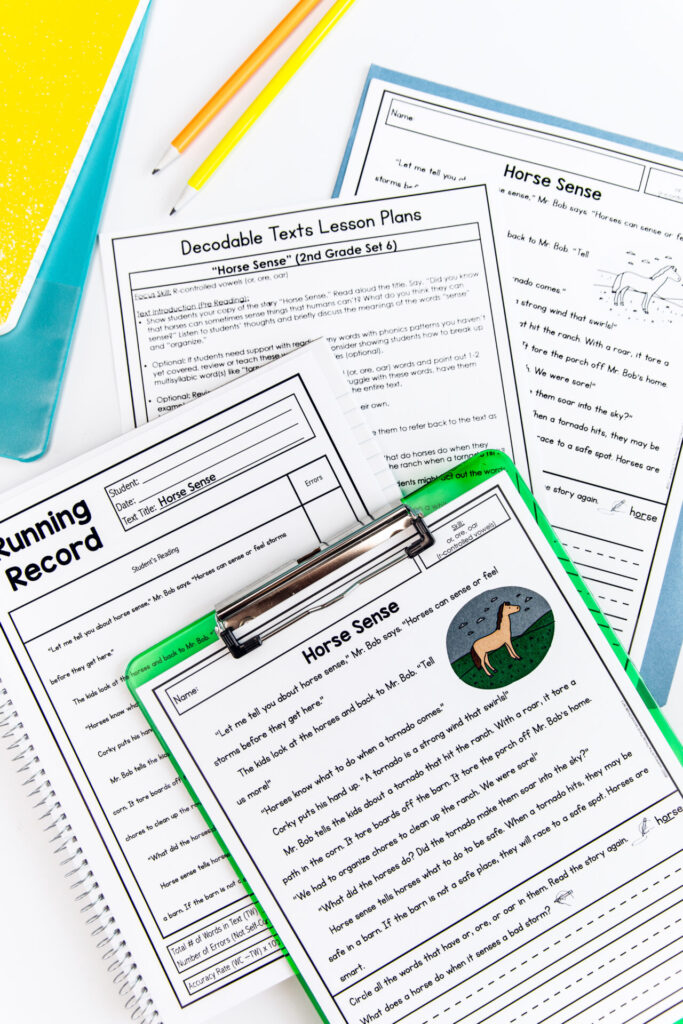
Here are some more of my favorite teaching activities for practicing consonant-l-e words! Several come from my phonics program, From Sounds to Spelling, but they can be incorporated into any program.
- Practice dividing consonant-l-e words into their syllables to read them
- Circle, underline, or highlight words with the consonant-l-e syllable BEFORE reading a decodable text (students can also break up the words ahead of time)
- Play games with consonant-l-e words to increase fluency with reading them (game below is from From Sounds to Spelling)

In this super fun “Don’t Tip Over the Tower” game, students receive word cards. They draw one of the cards, read the word, and write it on the tower that matches. The last player to add a word to the tower “tips it over” and their partner gets to claim that tower!
Last but not least, here’s a list of some consonant-l-e words, sorted by ending:
- -ble: stumble, jumble, rumble, grumble, fumble, tremble, nimble, hobble, table, pebble
- -fle: sniffle, ruffle, snuffle, waffle, raffle
- -tle: battle, bottle, tattle, title
- -dle: handle, bundle, candle, middle, paddle, fiddle, saddle, riddle
- -gle: jungle, wiggle, juggle, giggle, bugle
- -kle: twinkle, buckle, tickle, ankle, freckle
- -ple: simple, apple, ripple, dimple, purple, sample, temple, maple, trample, crumple, example, uncrumple
- -zle: puzzle, sizzle, nozzle, fizzle, drizzle
Conclusion
I hope this information on the consonant-l-e syllable is helpful to you! Don’t forget to check out these inexpensive consonant-l-e decodable passages!
If you need many more resources to teach this and other phonics skills, check out my phonics program, From Sounds to Spelling.
This program contains complete lesson plans, lots of activities, picture and word sorts, decodable texts, phonics posters, and more!
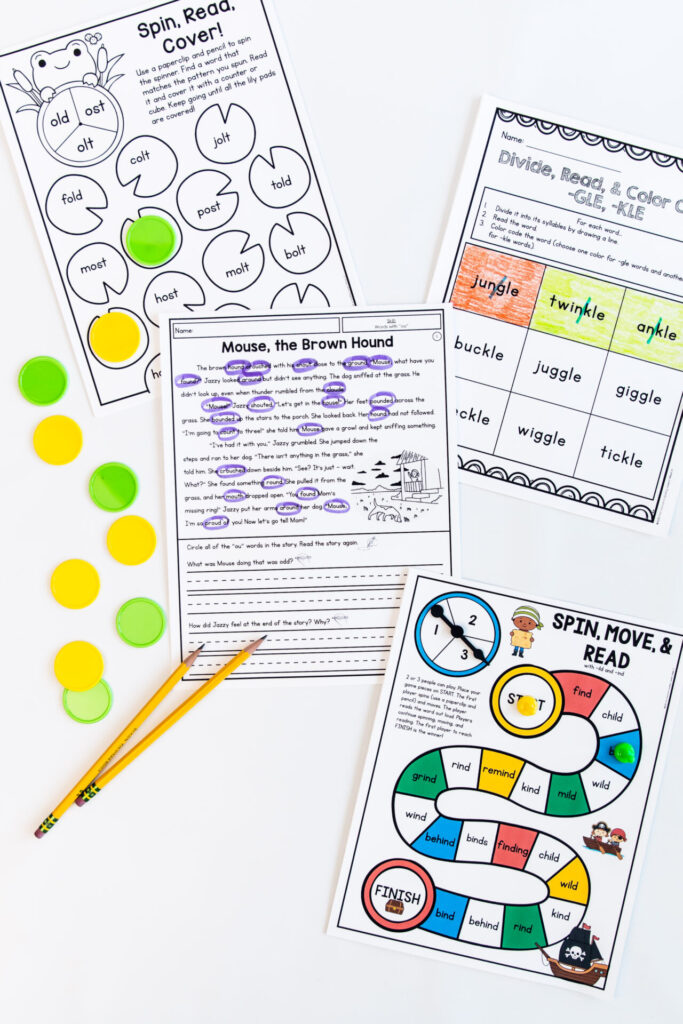
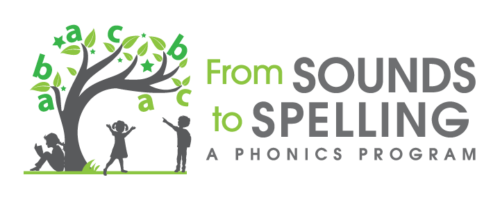
Happy teaching!
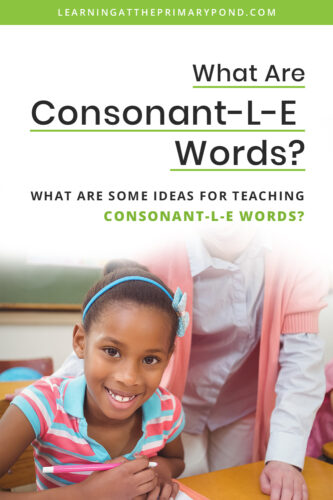

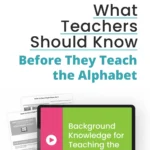
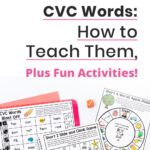
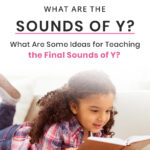
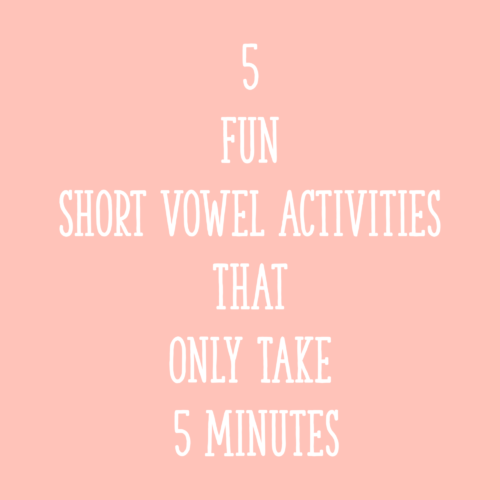
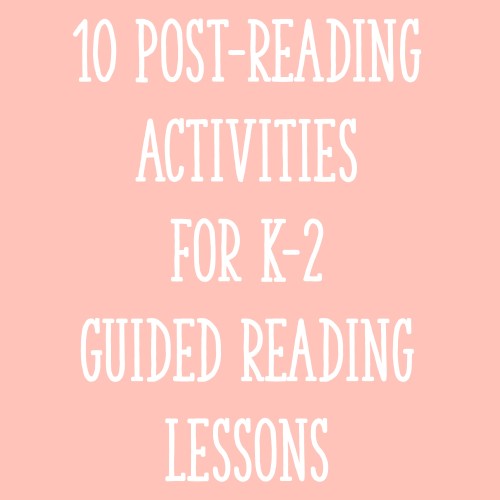
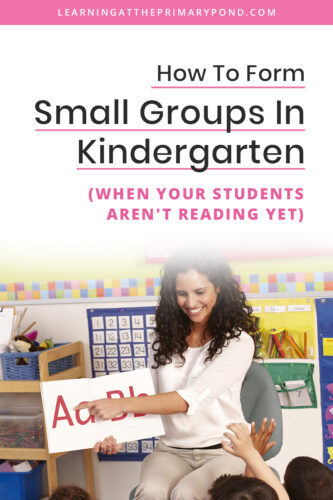






Where is the game available? I cannot find it but did find and purchase the decodable texts. Thank you
Hi Christie! So excited to hear how you like using the decodable texts with your students 🙂 The games shown in the blog are included in my From Sounds to Spelling Program which can be accessed here.